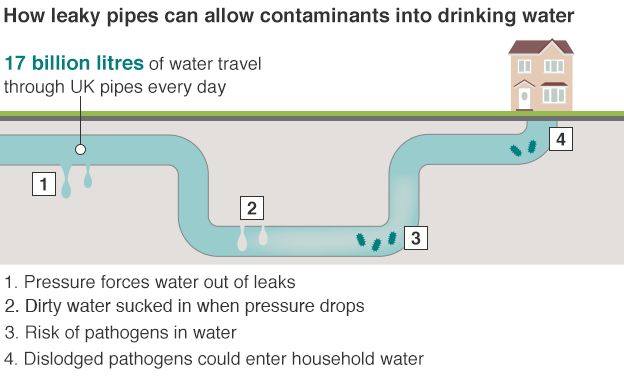Identifying Roofing System Damages Early To Prevent Significant Concerns
Identifying Roofing System Damages Early To Prevent Significant Concerns
Blog Article
Material Author-Walton Kent
To secure your home from potential pricey fixings, identifying roofing system damage very early is important. By keeping an eye out for refined signs like missing tiles or water spots, you can catch problems prior to they aggravate. Yet what regarding those usually forgotten locations that could mean surprise problems lurking above you? Stay tuned to find essential ideas for identifying roofing system damages before it rises into a major headache.
Early Indication
Identifying roof damage early can conserve you money and time. Highly recommended Web-site to keep an eye out for is missing or harmed shingles. If you notice any kind of shingles that are cracked, curling, or entirely missing, it's important to resolve the concern promptly. These harmed roof shingles can leave your roof at risk to leaks and more damage.
An additional sign to look for is water stains on your ceiling or wall surfaces. These discolorations can suggest a leakage in your roof that requires instant interest. Overlooking these water stains can bring about a lot more considerable and expensive repair work down the line.
In addition, watch for any kind of signs of sagging or sagging areas on your roof covering, as this could show structural damage that requires to be taken care of immediately.
Outside Inspection Tips
On a regular basis inspecting the outside of your roofing is vital for maintaining its integrity and identifying possible damage early. Begin by checking out the shingles-- try to find any missing, cracked, or crinkling roof shingles, as these can be indications of roofing damage.
Examine the seamless gutters for granules from the shingles, as too much granule loss might signify aging or weathering. Take note of the blinking around vents, chimneys, and skylights, guaranteeing they're tightly secured and without splits.
Try to find indicators of moss, algae, or mold and mildew growth, as these can result in roof covering deterioration otherwise addressed without delay. Additionally, examine the fascia and soffits for any water spots or rot, which can signify water damage.
Finally, examine the overall problem of your roofing from the ground, searching for any kind of sagging areas or recognizable dips. By carrying out these outside examinations frequently, you can capture roof covering damage early and prevent it from turning into a major problem.
Inside Red Flags
When inspecting your roofing for prospective damage, don't neglect the relevance of examining the interior of your home. Interior warnings can usually be early indicators of roofing system issues that need attention.
Start by examining your ceilings for any kind of water discolorations or staining, as these could indicate a leak in the roof. One more crucial location to check is the attic room, where indicators of water damages, mold and mildew, or mildew may show a roofing system trouble.
Pay close attention to any kind of moldy smells or an obvious boost in moisture levels, as these can also be indications of water invasion from a damaged roofing. In addition, drooping locations in the ceiling or wall surfaces ought to be taken seriously, as they could be a result of water damages compromising the framework.
If you observe any of these indoor warnings, it's crucial to have a professional roofer assess the circumstance without delay to stop additional damage and pricey repair work.
visit the next internet site
By remaining attentive and frequently looking for very early indication of roof damages, you can avoid minor issues from becoming significant problems. Watch out for missing out on or damaged tiles, water stains on ceilings or walls, and any type of drooping or sagging areas on the roof. By dealing with these concerns without delay, you can save on your own from costly fixings and guarantee your roofing stays in good condition for years to come. Remain positive and protect your home from prospective damages.
